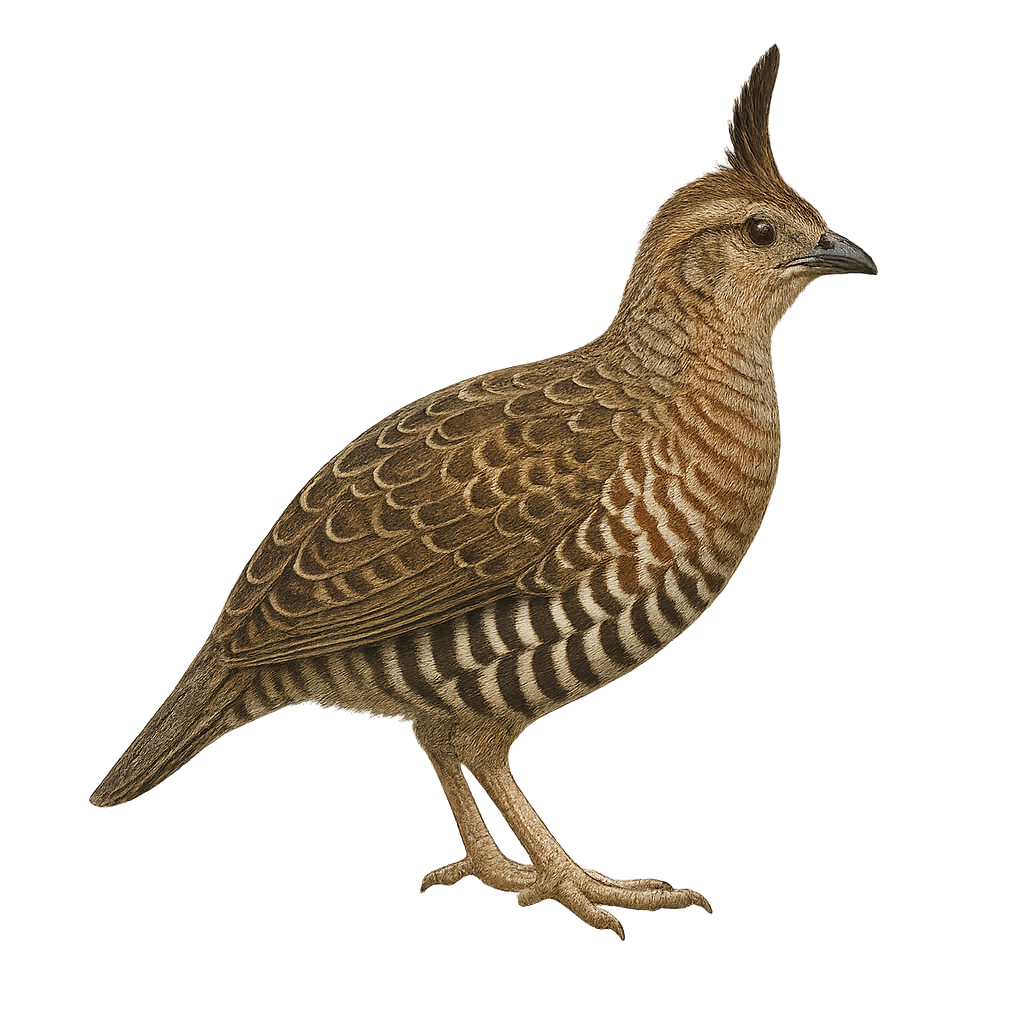Your wildlife photography guide.
Explore the banded quail in detail, study its behavior, prepare your shots.
Where to observe and photograph the banded quail in the wild
Learn where and when to spot the banded quail in the wild, how to identify the species based on distinctive features, and what natural environments it inhabits. The WildlifePhotographer app offers tailored photography tips that reflect the banded quail’s behavior, helping you capture better wildlife images. Explore the full species profile for key information including description, habitat, active periods, and approach techniques.
Banded Quail
Scientific name: Philortyx fasciatus

IUCN Status: Least Concern
Family: ODONTOPHORIDAE
Group: Birds
Sensitivity to human approach: Suspicious
Minimum approach distance: 10 m
Courtship display: June to August
Incubation: 22-24 jours
Hatchings: June to September
Habitat:
Oak forests, scrublands, open grasslands
Activity period :
Primarily active during the day, with peak activity in the morning and late afternoon.
Identification and description:
The Philortyx fasciatus, commonly known as the banded quail, is a bird species belonging to the Odontophoridae family. It is primarily found in the dry and semi-arid regions of Mexico, inhabiting oak forests, scrublands, and open grasslands. This medium-sized bird, measuring approximately 22 to 25 cm in length, is distinguished by its brown plumage with white and black bands on its belly, providing excellent camouflage in its natural habitat. The banded quail is a social bird, often seen in small groups. It primarily feeds on seeds, insects, and small invertebrates. Although it is relatively common within its range, habitat degradation poses a potential threat to its population.
Recommended lens:
400mm – adjust based on distance, desired framing (portrait or habitat), and approach conditions.
Photography tips:
To photograph the banded quail, it is advisable to use a 400mm lens or longer to capture detailed images without disturbing the bird. Look for it in oak forests or open grasslands where it is often found in small groups. Be patient and discreet, as this bird is suspicious. Use a tripod to stabilize your camera and wait for it to approach. The best times to photograph it are early in the morning or late in the afternoon when the light is soft and flattering.
The WildlifePhotographer App is coming soon!
Be the first to explore the best nature spots, track rutting seasons, log your observations, and observe more wildlife.
Already 1 430 wildlife lovers subscribed worldwide

